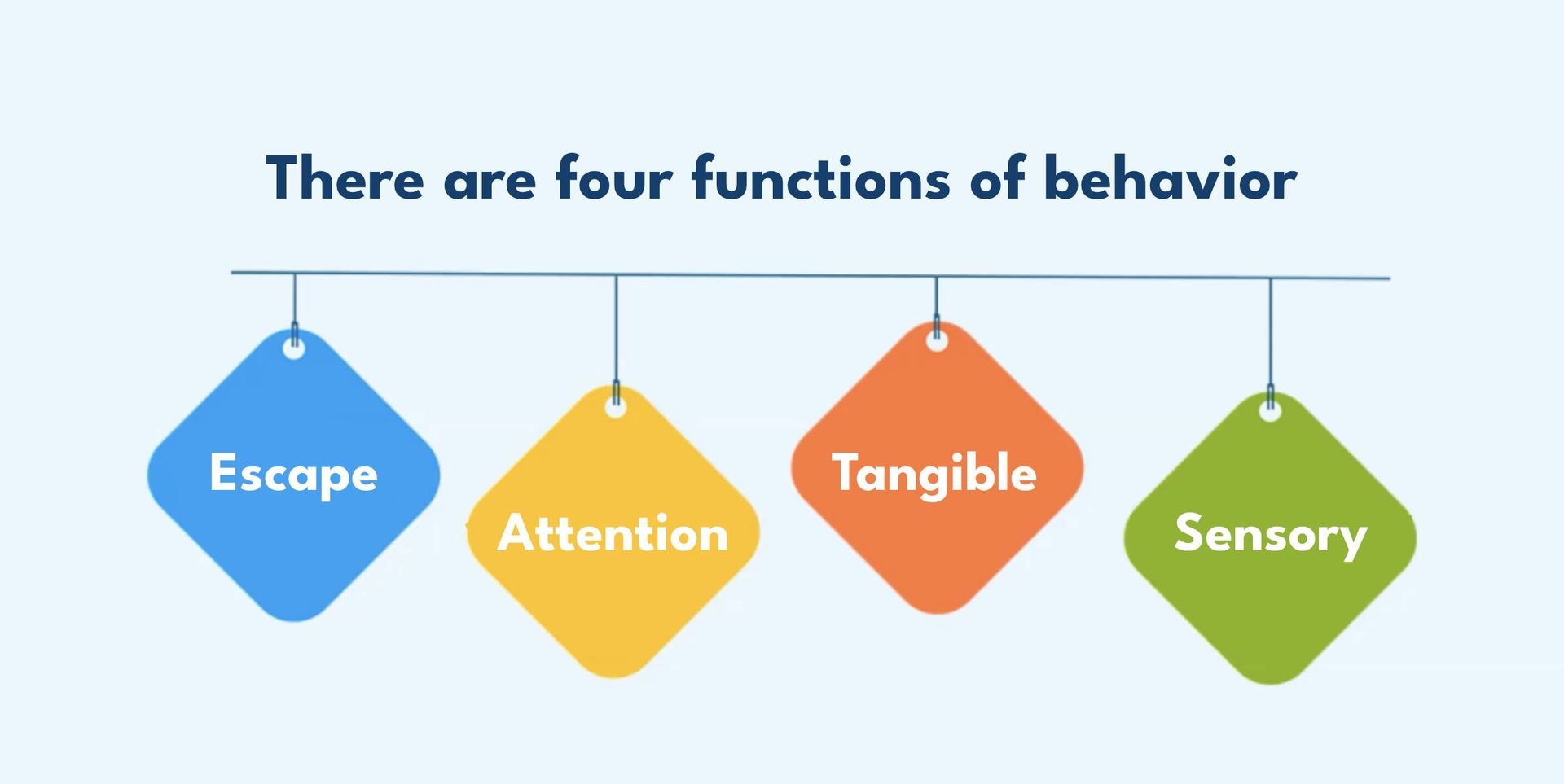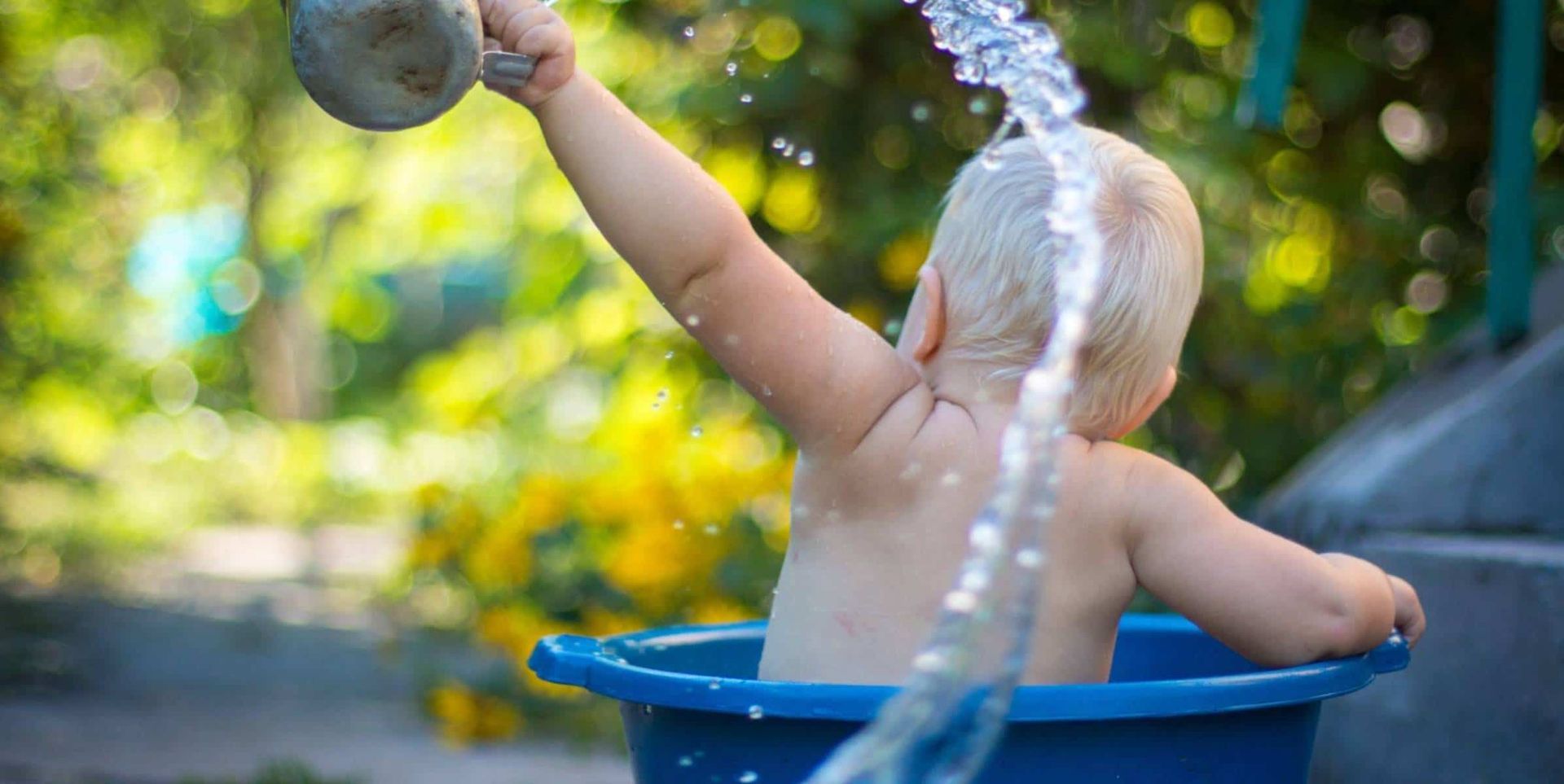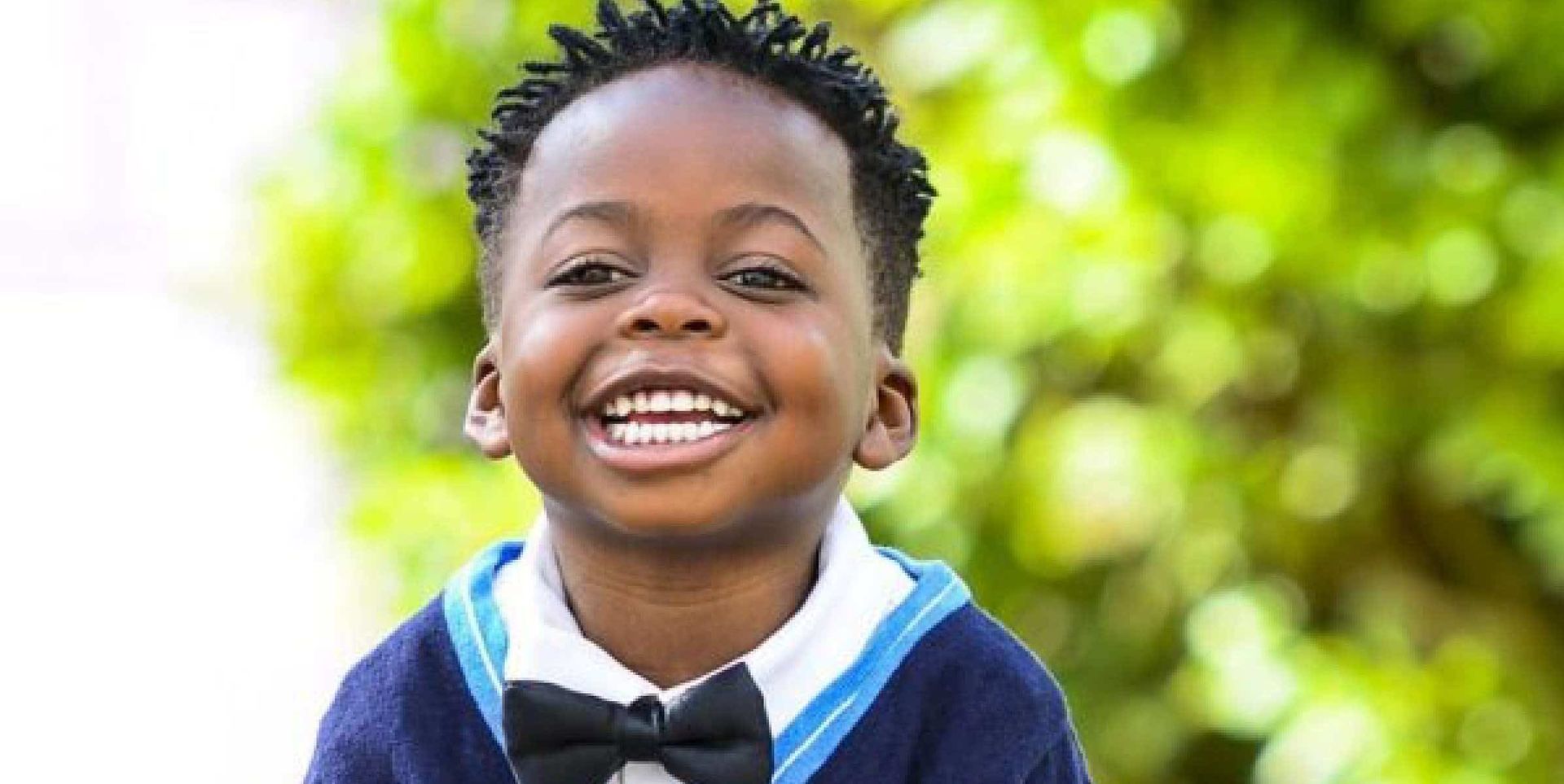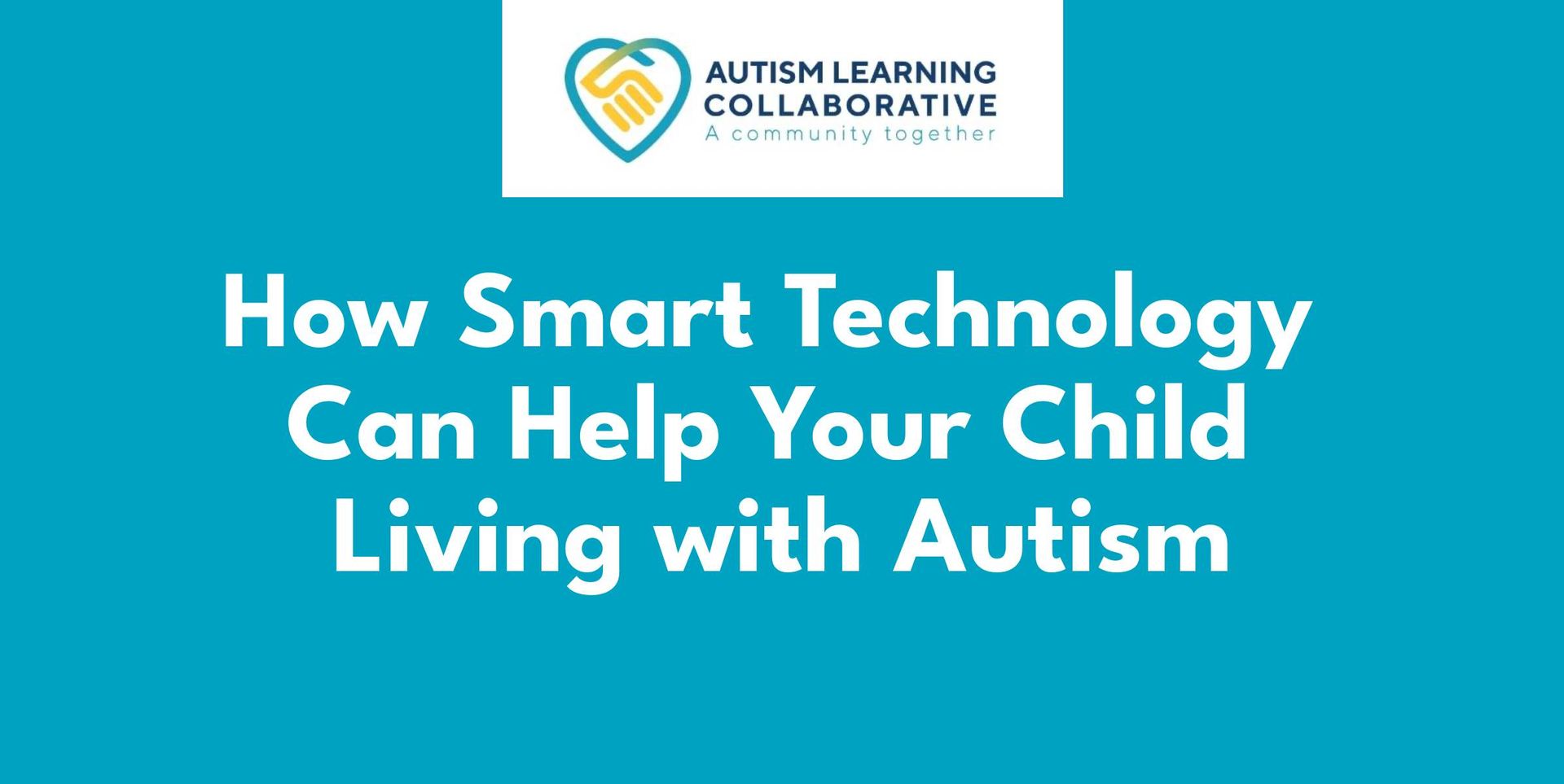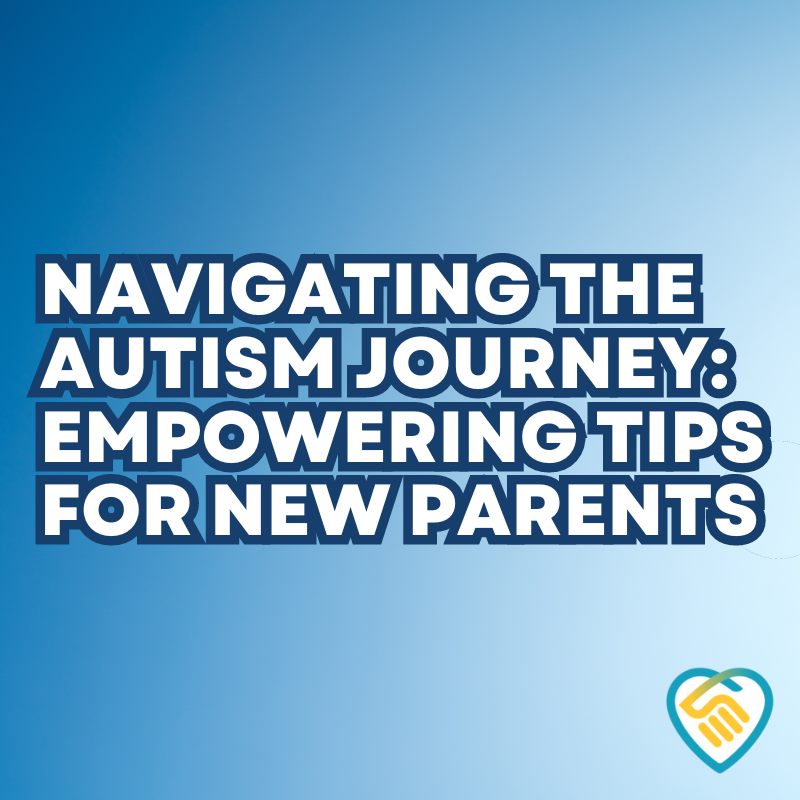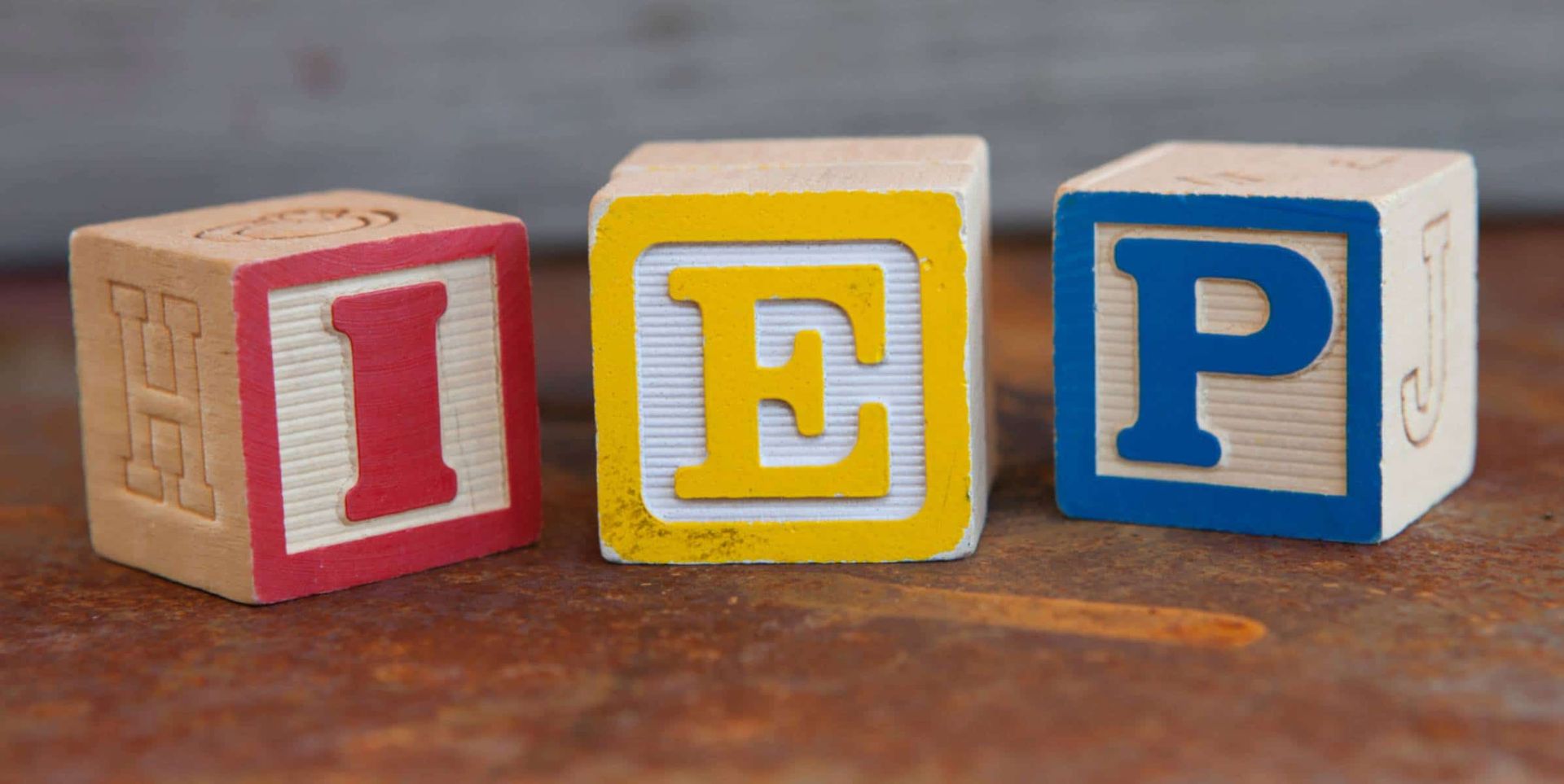Share the Love. It Just Makes Sens-ory! DIY Valentine's Sensory Bin
With Valentine’s Day just around the corner, we know the hunt for sensory-friendly activities is in full swing. A simple way to celebrate holidays is with theme-inspired sensory bins or bottles.
What is a Sensory Activity?
It’s as simple as it sounds! A Sensory Activity is a fun activity that engages all or specific senses. Do you have a sensory-seeking kiddo who likes tactile objects or different textures? They will have so much fun exploring a sensory bin filled with varying types of materials. Maybe your little one avoids certain feels but loves watching and listening to things. Sensory bottles are a great idea! There are even fun ways to create different scent sensory activities. For those, all you need are child-safe essential oils, a few small containers (think of the old school camera film canisters), and cotton balls to store in each one. Wondering how you could make a simple sight-pleasing bottle? A little bit of water, glycerine, and glitter can go a long way! You know your precious child better than anyone. Use the holiday and your child’s favorite type of sensory stimulant to help guide you in creating your own sensory-friendly activity.
Below are examples of a textile sensory bin and a sound and sight sensory bottle. These aren’t the only ways to do them, though. Unleash your imagination and creativity, and the possibilities are endless.
Step One:
Find a container. The dollar store has many different containers that are perfect for sensory bins and bottles. For example, you may want a red bowl, a heart-shaped gift box with a lid, or a simple, clear container and empty bottle like we used.
Step Two:
While you’re at the dollar store, pick up any fun pink, red, and white items that are made from different materials or textures.
A few items we picked are erasers, a rubber face scrubber, mirrored crafting gems, cotton balls, glitter confetti, rice, and beans. Another even less expensive option is to shop your own home! Look around the kitchen and bathroom for different textured items you could add to your bin or bottle.
Step Three:
We picked up red, pink, and white paint to make the beans and rice more festive.
- We then filled ziplock baggies with each color of paint and dumped the beans into some and the rice into the others.
- Shake it up well! This is also a mess-free way your little one may enjoy painting!
- Pour your beans or rice onto parchment paper and spread them out in a thin layer using a plastic glove or popsicle stick. Doing this helps minimize clumping and speeds up drying.
- Once your rice or beans are dried, you may combine them!
Step Four:
Fill your bottle or container with your rice or beans.
Sprinkle in your different textured items for your sensory bin and mix it all up! You may also want to give your little one different sized cups, spoons, or dry paint brushes to use to help them sort through all the rice!
For your sensory bottle, in addition to the peaceful-sounding rice or rocking beans, feel free to add a few pieces of confetti or gems. These add to the fun by creating a treasure hunt without making a mess or touching anything other than the bottle. All your little one needs to do is shake, shake, shake until they spot a gem or two.
That’s it! Super simple, quick, and inexpensive, but so much fun! Happy Valentine’s Day!
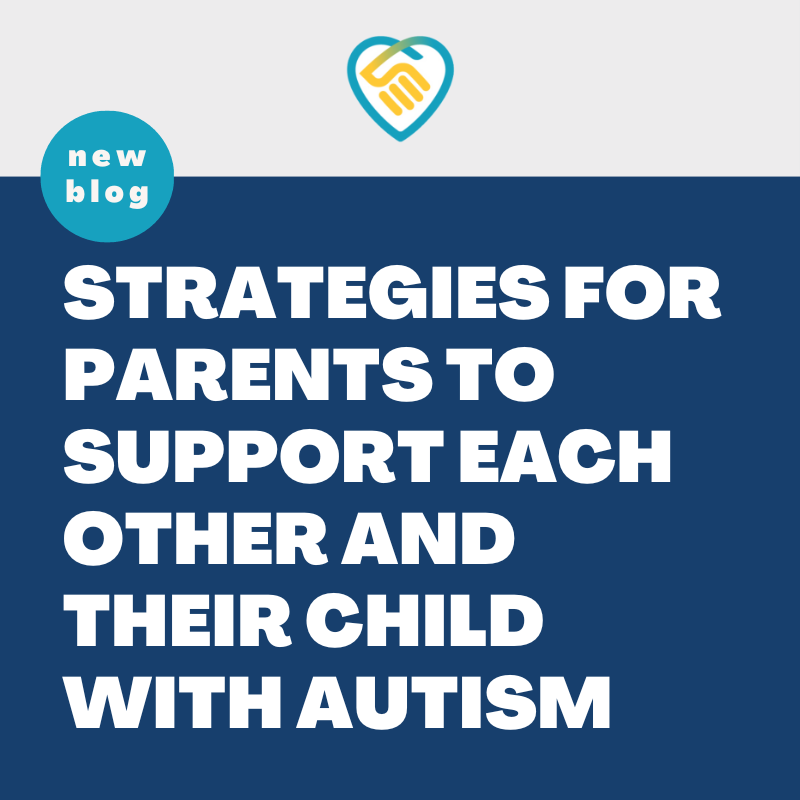

CONTACT US
Toll-Free: 844-743-6506


